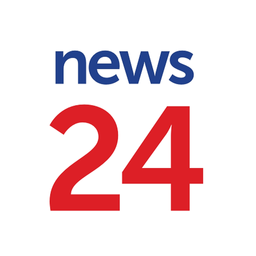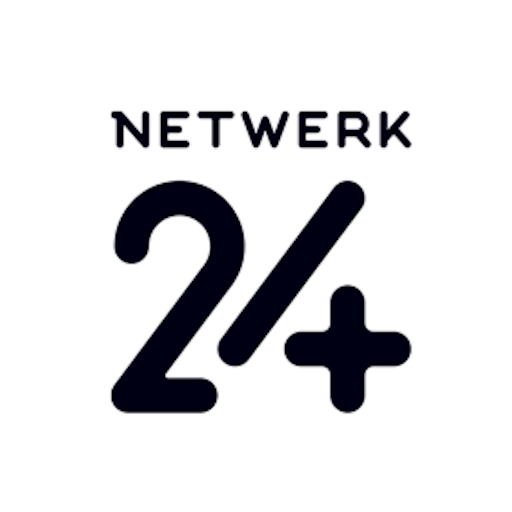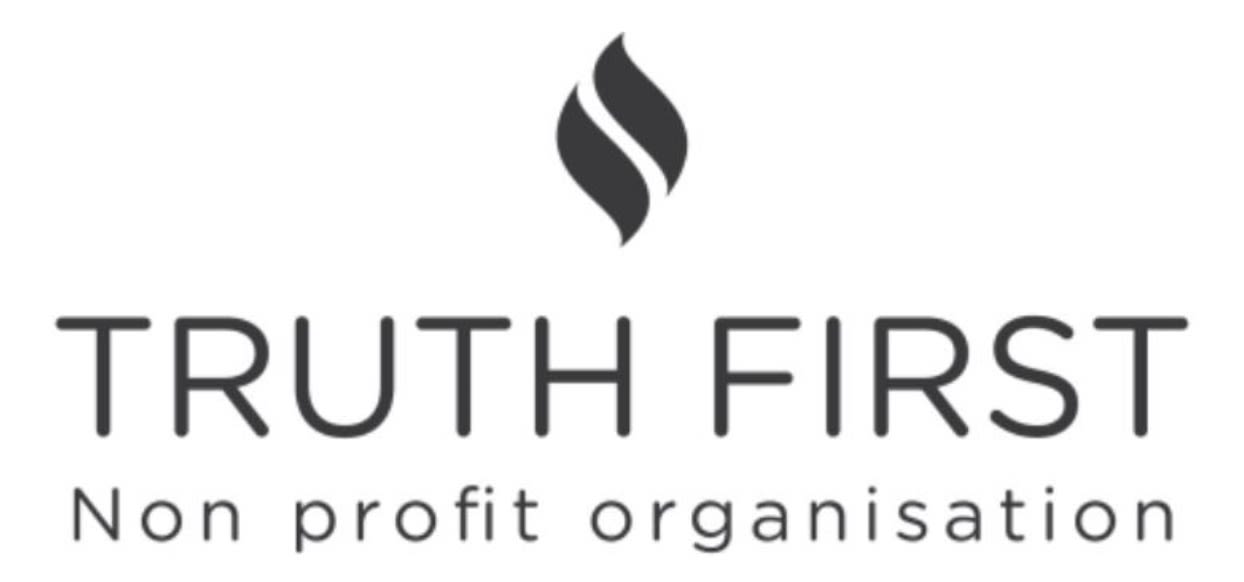What We Found In The Water
What South Africa's biggest cities drink – and how it is changing

Just want to see the articles? Click here to skip to the Our Reporting section for links to everything around this project published in News24 and Netwerk24.
Why We Test
Load shedding isn't great for drinking water. Nor is – depending on where you are – heavy rain, planting season, or a municipality that runs out of money before the end of the month.
Yet the assumption in South Africa remains that the quality of drinking water doesn't really change all that fast – even though our data suggests things can, sometimes, change dramatically from week to week. The government releases annual statistics for the quality of drinking water. Academics, and civil society, and other concerned parties, dip in from time to time but – given the enormous cost and logistical difficulties of regular testing – don't get involved often enough.
And so it is left to the very municipalities that supply drinking water to do the only day-to-day testing of what comes out of the tap. Even if we did have reason to trust them, which we generally don't, it's a pretty good idea to verify what they say.
Which is why, in the first half of 2023, News24 and Netwerk24, with funding from Truth First, a non-profit that promotes investigative journalism, set out to do just that.
How We Test
Our team of journalists draw weekly samples in six cities:
- Johannesburg
- Pretoria
- Cape Town
- Durban
- Bloemfontein*
- Gqeberha
* Bloemfontein has two different water suppliers for different parts of the city, Bloemwater and the Mangaung Metro. We test across both.
Time-sensitive testing is done locally in each city, while chemical analysis is conducted at a central laboratory that also collates and certifies the data.
We use a standardised 'mini SANS' test to reach an overall water quality score.
The quality of drinking water is regulated under South African National Standard (SANS) 241, which specifies every conceivable parameter – and which requires large quantities of water and expensive tests to fully benchmark against.
We uses a subset of that, known as Table 1, which measures seven key factors:
- Conductivity of total dissolved solids
- pH value
- Turbidity
- Disinfectant residuals
- E. coli, or faecal coliforms
- Heterotrophic plate count
- Treatment chemicals
That allows us to spot common dangers – say a dangerous level of bacteria – as well as giving insight into the taste of the water, and its long-term health effects.
We report on our findings once we have collated and compared the data, but the labs involved are required to immediately and independently alert authorities should they spot anything dangerous.
An important caveat: big cities are served by multiple reservoirs and have local pipes and pumping stations that can vary from brand new to ancient – and that influences the quality of water. Our tests speak to a single tap in each city, not the city as a whole. Results could vary, wildly, even elsewhere in the same suburb.

What We've Found
South Africa's cities are safe from E. coli...
E. coli bacteria is highly feared in water. It can quickly cause symptoms such as stomach cramps and diarrhoea – and its presence means a major failure of water treatment. The water from our test taps have never shown any trace of E. coli.
... and from bacteria in general.
Coliform testing looks for an entire class of bacteria, many of which are not harmful to humans. Water with a high coliform count indicates trouble in treatment, with the potential for health risks. At our taps we have detected coliforms in only one sample, taken in Cape Town in late June, and that was below the level considered a health risk.
But our Cape Town site has a heterotroph red flag
A heterotrophic plate count is not a good indicator for water safety, says the World Health Organisation, but it can help diagnose aesthetic problems, and can point to the ability of water to host slime and mould as well as bacteria of all kinds.
The count is measured in colony forming units (CFU) per volume. South African standards require a CFU count of 1,000 or less.
At our Bloemfontein taps we detected some such units, but well below the acceptable range.
One of our samples in Cape Town came perilously close to that limit, at water we have sample there has consistently showed a higher count than any other city.
Heterotrophic plate count (CFU/mL)
pH values are good in every city
The SA standard requires a pH value of between 5 and 9.7, where 7 is neutral, the point exactly between acidic and alkaline.
We have recorded pH values between 7 and 8, with only some water in Bloemfontein towards the more alkaline – and even that almost always below the 8.5 that would start being noteworthy.
pH
Conductivity looks good across cities
Run an electrical current through water and you can see how much dissolved salt and other inorganic chemicals is in it.
South Africa requires a level of below 170 millisiemens per meter, before you get into the realm of seriously hard water.
We have detected nowhere near that at any of our taps.
Gqeberha and Bloemfontein have relatively hard water, our numbers show, but not so you'd notice.
Conductivity (mS/m)
Chlorine levels are, if anything, a little on the low side – and notably variable in Bloemfontein
The World Health Organisation is comfortable with remaining chlorine at a level of up to 5mg per litre. We have detected nowhere near that in any of our samples.
If fact, in many cities the level of chlorine is so low that storing water for a day or more could mean trouble.
Water from both of Bloemfontein's providers that we tested has proven highly variable in terms of free chlorine, which may point to inconsistency in how water is treated – but the levels are more than safe.
Free chlorine (mg/L)
In Cape Town and parts of Bloemfontein we found a serious turbidity issue
Turbidity measures suspended particles, both chemical and biological, in water. High turbidity is not dangerous in itself, but it can point to all kinds of trouble, such as dirty pipes or issues with filtration at point of treatment. It also has an outsized aesthetic impact; highly turbid water looks nasty, and people may avoid it.
In SA, drinking water is required to come in at 1 or below, as measured in nephelometric turbidity units (NTU).
In our testing, only our Durban and Johannesburg taps have consistently been below that level.
In Cape Town and parts of Bloemfontein, turbidity was consistently unacceptable at our testing points, and we also found occasional trouble at our Gqeberha tap.
Turbidity (NTU)
Our reporting
These are the articles that have appeared in News24 on this project, or featuring data we've gathered.
We've been quietly testing drinking water quality in 6 cities for a month. Here's what we've found
The Blue Drop report is late – but we can vouch for the quality of drinking water from at least one tap in each of South Africa's biggest cities.
Other coverage
- Project co-ordinator Mia Spies speaks to RSG, 15 August 2023
- Rest assured, our water is safe! eThekwini Municipality welcomes independent report on water quality (IOL, 15 August 2023)
- Is Our Tap Water Safe To Drink? Results Are In For Water Tested Across SA Cities (2oceansvibe, 15 August 2023)
- Project co-ordinator Phillip de Wet speaks to News24 On Air, 16 August 2023
- Research finds Durban tap water safest in SA (East Coast Radio, 16 August 2023)
- Phillip de Wet speaks to 702, 17 August 2023
- Phillip de Wet speaks to Newzroom Africa, 18 August 2023
The Official Numbers
The annual Blue Drop Report is government's way of telling us how the water system is doing, based on a national audit.
Well, actually, it is part of an "incentive based regulation" system, to get municipalities to deliver water of better quality – but it serves as the official view of the current state of drinking water.
The latest edition is a "watch" report, which is based on fieldwork done between November 2022 and February 2023.
In that period, a total of 51% of water systems tested failed microbiological tests, and 71% failed chemical tests.
Blue Drop is about institutional quality, not what comes out of the tap in your home, so its results ignore the impact of all the pumps and pipes between the purification plant and where you live.
It also does not provide a detailed account of testing, just two percentages: one each for the extent to which microbiological and chemical factors comply with the standard.
Anything under 95% compliance is bad (red), anything over 99% compliance is excellent (blue), and the dividing line between poor and good is 97%.
So water can still get a green "good" even if it is 3% short of the requirement, and will get a yellow for "poor" at between 95% and 97%.
Here's how the cities where we test fared in Blue Drop reporting
Johannesburg
Microbiological: 99.43%
Chemical: 99.54%
Pretoria
Microbiological: 85.15%
Chemical: 80.20%
Cape Town
Microbiological: 99.69%
Chemical: 99.33%
Durban
Microbiological: 99.90%
Chemical: 99.77%
Bloemfontein
Microbiological: 99.90%
Chemical: 97.39%
Gqeberha
Microbiological: 99.90%
Chemical: 87.20%
Meet Our Samplers

Mia Spies
Cape Town
Mia is a specialist in multimedia content and investigations at Netwerk24. She is also the presenter of a current affairs TV show Wie's Nuus met Netwerk24 on KykNET. She has a master's degree in political journalism, but discovered a love for environmental reporting while doing award-winning feature on the sewage crisis in the Vaal River.

Sheldon Morais
Johannesburg
Sheldon is the assistant editor for breaking news at News24, overseeing news desks that cover all of South Africa and the region. He is a recent MBA graduate, having been unable to quell the aspirant accountant in him. Sheldon spent more than 14 years as a reporter, and later editor, in broadcasting before joining News24 in 2018.

Cheréne Pienaar
Bloemfontein
Cheréne is a senior news journalist and editor of Die Student at Netwerk24. She has a special interest in issues that impact the day-to-day lives of readers and she believes that no story, written with integrity and as objectively as possible, is ever wasted.

Alex Mitchley
Pretoria
Alex is a journalist at News24 with more than a decade of experience in the field. He has been known to cover politics and governance, but has a special interest in crime and legal reporting, with a specific focus on violent crime. He is a one-person news bureau, taking photos and shooting video in sometimes very hot zones, while also writing news and analysis.

Kaveel Singh
Durban
Kaveel is News24's chief reporter in KwaZulu-Natal, where he deals with everything from political killings to the environment. In 2021 he co-authored the seminal Eight Days in July: Inside the Zuma Unrest that Set South Africa Alight. Other than a short stint as a media lecturer, he has been reporting the news since 2008.

Cara-Lee Dorfling
Gqeberha
Cara-Lee is a news journalist for Netwerk24 in Gqeberha. Writing stories about the beautiful Eastern Cape, which no doubt has its dark sides, are one of her interests. Stories about rural communities- their resilience to survive without adequate service delivery- and to highlight their plight, is a topic which she is passionate about.
Our field team draw samples from the same area, and almost always from the same tap, every week. The taps they use are directly connected to a municipal supply; that is not always true in larger buildings and some complexes. And, as part of the sampling protocol, they wipe down those taps to reduce the chance of local contamination – which most people will not do before filling a glass of water.
Other than that, though, what they test is what you would drink, or cook with, or brush your teeth with, assuming you have no filtration system of your own.
Water quality can be affected by hyper-local factors such as the last section of pipe, so our results could conceivably differ even from samples drawn in the same suburb. Changes over time, however, are a solid indicator of how things are going at the water treatment plant.
Our funding

All project costs associated with sampling and reporting are covered by Media24, the Naspers-owned parent company shared by News24 and Netwerk24.
The cost of testing our samples is grant-funded by Truth First, a non-profit organisation created and seed-funded by former Naspers chair Ton Vosloo and his wife Anet in 2019.
Truth First has contributed to projects such as the Out of Order index on frontline delivery, and reporting on the trial of disgraced Steinhof executive Markus Jooste.
Contact us
What We Found In The Water is a Media24 project. You can contact Media24 here.
The responsible units are News24 (contact details here) and Netwerk24, which you can reach on nuus@netwerk24.com or 021 406 2121.
The project co-ordinators are Mia Spies (mia.spies@media24.com) and Phillip de Wet (phillip.dewet@media24.com).






